Global Hydrogen Trends and Innovations in 2024

Hydrogen, the simplest and most abundant element in the universe, continues to shape the landscape of sustainable energy solutions. Its versatility spans various industries and technologies, positioning it as a pivotal player in the transition towards a greener and more sustainable future. This article explores the top trends and innovations in the global hydrogen landscape for 2024.
Hydrogen’s Significance in Clean Energy
At the core of hydrogen’s appeal lies its potential as a clean and sustainable energy source. Primarily, it finds application in energy production and storage, notably in fuel cells. These cells facilitate a reaction between hydrogen and oxygen, producing electricity and emitting only water vapor as a byproduct. The automotive sector, seeking alternatives to fossil fuels, embraces hydrogen fuel cells, contributing to the reduction of greenhouse gas emissions.
Energy Storage and Hydrogen
Hydrogen’s prowess extends to energy storage, where it emerges as a crucial medium. Electrolysis, powered by renewable sources like wind and solar, produces hydrogen, addressing the challenge of energy intermittency. The ability to store excess energy generated during peak production periods becomes pivotal in stabilizing renewable energy systems, ensuring a continuous power supply.

Hydrogen in Industrial Processes
Beyond its role in energy, hydrogen plays a significant part in various industrial processes. It serves as a feedstock for chemical production in sectors such as refining, ammonia production for fertilizers, and the manufacturing of methanol and steel. In these applications, hydrogen acts as a cleaner alternative to traditional fossil fuels, contributing to the reduction of carbon emissions and minimizing environmental impact.
Challenges and Opportunities
Despite its potential, the widespread adoption of hydrogen faces challenges. Production costs, infrastructure development for storage and distribution, and the need for technological advancements to enhance efficiency and scalability are key hurdles. However, ongoing research, technological innovations, and a global focus on sustainable energy solutions position hydrogen as a key player in the journey towards a cleaner and more sustainable future.
Hydrogen Market Overview
The global hydrogen market witnessed substantial growth, with a value of USD 228.4 billion in 2022. Projections indicate a compound annual growth rate (CAGR) of 7.9% from 2022 to 2032, with the market size expected to reach USD 490.7 billion by 2032. North America is anticipated to experience the fastest growth during this forecast period, according to a research report by Spherical Insights & Consulting.

Top 9 Hydrogen Trends in 2024
1. Hydrogen Fuel Cells:
Advancements in hydrogen fuel cells position them as crucial in mitigating emissions from heavy-duty vehicles. The technology offers immediate power generation, playing a key role in demand response scenarios for fluctuating power generation systems.
Start-up Spotlight: H2X Designs Hydrogen Fuel Cell Vehicles
Australian startup H2X is at the forefront of designing and developing hydrogen fuel cell-powered vehicles. The company’s vehicles utilize both hydrogen fuel cells and battery-electric technologies, achieving zero-emissions mobility.
2. Renewable Hydrogen:
The utilization of renewable energy sources for hydrogen production marks a significant stride in large-scale decarbonization efforts. Techniques such as photocatalytic or thermochemical water splitting, powered by solar or wind energy, offer pathways for green hydrogen generation.
Start-up Spotlight: HiSeas Energy Leverages Offshore Wind Turbine Platforms for Hydrogen Production
US-based startup HiSeas Energy develops offshore wind turbines to power electrolyzers. The HiSeas Free-Floating Offshore Wind Turbine (FFWOT) platform provides a low-cost, low-mass, and stable platform for turbines up to 40 MW.
3. Advanced Electrolysis:
Advanced electrolysis technologies, including proton exchange membrane (PEM) electrolyzers, have gained prominence for their role in scalable hydrogen production. Startups like Alchemr and H2B2 contribute with AEM electrolyzers and large-scale electrolyzers, respectively.
Start-up Spotlight: Alchemr Designs AEM Electrolyzers
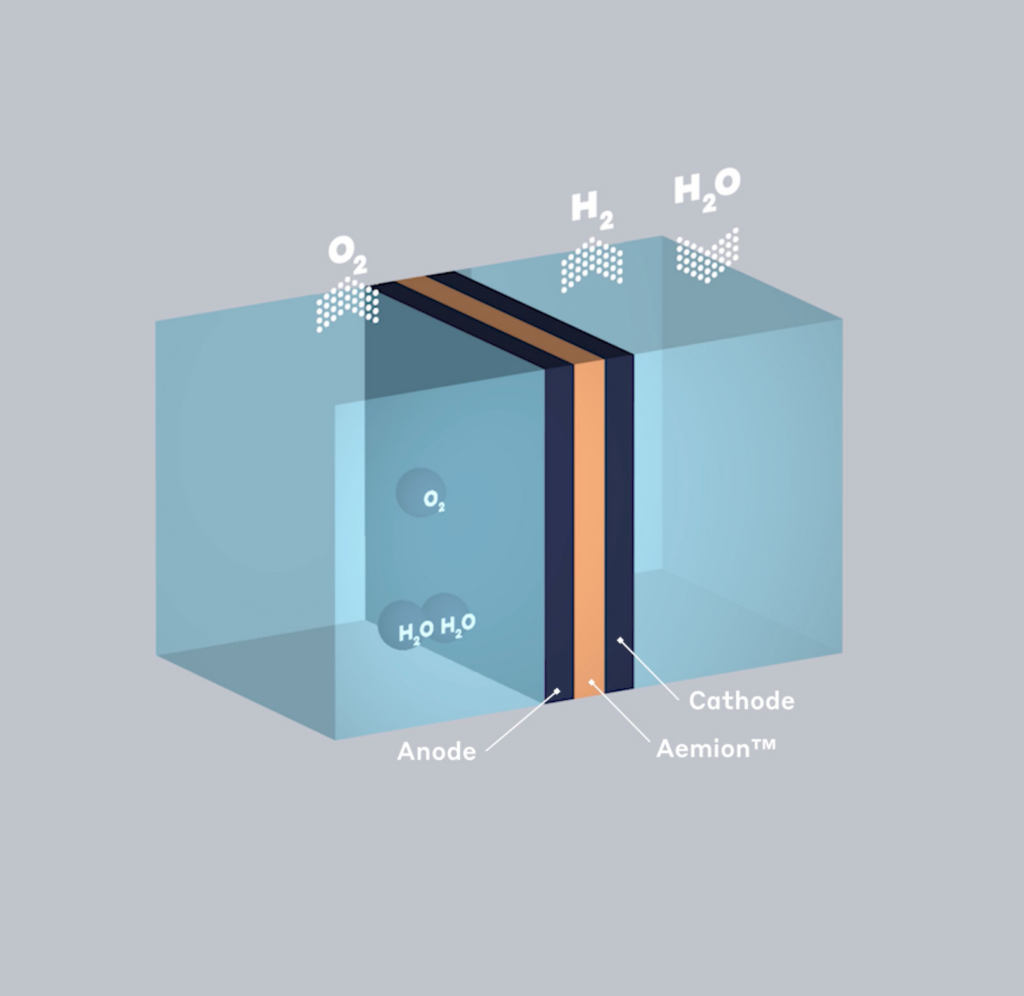
US-based startup Alchemr offers AEM electrolyzers to produce hydrogen. Its AEM technology allows for low electrolyte degradation with the use of thin durable membranes, resulting in optimal hydrogen production.
4. X-to-Hydrogen-to-X:
The hydrogen economy extends beyond hydrogen itself, encompassing valuable chemical intermediaries like e-methanol. Startups such as Hydrogravix are exploring closed-loop systems, contributing to efficient hydrogen production and utilization.
Start-up Spotlight: Hydrogravix Develops a Parallel Mass Transfer Electric Power Generator
Hydrogravix develops Hydrocycler, a technology that operates in a closed-loop system. This system uses electrolysis to split water into hydrogen and oxygen and then recombines them to generate electricity and produce water.
5. Hydrogen Carriers:
Transporting hydrogen presents challenges, and hydrogen carriers, involving hydrides or hydrogen compounds, offer solutions. Startups like H2SITE and H2Heat Technology focus on on-site production and developing hydrogen refueling networks.
Start-up Spotlight: H2SITE Facilitates On-Site Hydrogen Production
Spain-based startup H2SITE offers on-site hydrogen production solutions that produce renewable hydrogen for small and medium companies. The startup utilizes feedstocks like ammonia and methanol as hydrogen carriers.
6. Carbon Capture, Utilization & Storage (CCUS):
To address the environmental impact of hydrogen production, Carbon Capture, Utilization, and Storage (CCUS) technologies play a crucial role. Startups like Susteon and Horisont Energi are utilizing CCUS to produce blue hydrogen and blue ammonia.
Start-up Spotlight: Susteon Leverages CCUS to Produce Blue Hydrogen
US-based startup Susteon provides blue hydrogen using CCUS technologies. The startup develops compact distributed H2 generators to create high-purity pressurized hydrogen while capturing CO2.
7. Hydrogen Liquefaction & Compression:
Efficient storage is pivotal for the expansion of the hydrogen economy. Startups like Beyond Scroll and CYRUS contribute with oil-free scroll compressors and metal hydride hydrogen compressors, respectively.
Start-up Spotlight: Beyond Scroll Develops Oil-Free Scroll Compressors
Swiss startup Beyond Scroll builds oil-free scroll compressors to make green hydrogen production more efficient and cost-effective. Its technology compresses hydrogen from atmospheric pressure without contamination, reducing system components and maintenance costs.
8. Combined Heat & Power (CHP):
Blending hydrogen into existing natural gas pipelines for Combined Heat and Power (CHP) aims to decarbonize this sector. Startups like Turbotec and Protium Green Solutions are developing hydrogen gas turbines and implementing CHP solutions for industrial heating.
Start-up Spotlight: Turbotec Designs Hydrogen Gas Turbines
Belgian startup Turbotec develops hydrogen gas turbines for CHP. The startup’s hydrogen-fueled gas turbine, TURBOTEC HyTG-550, is designed as a marine propulsion and generator unit.
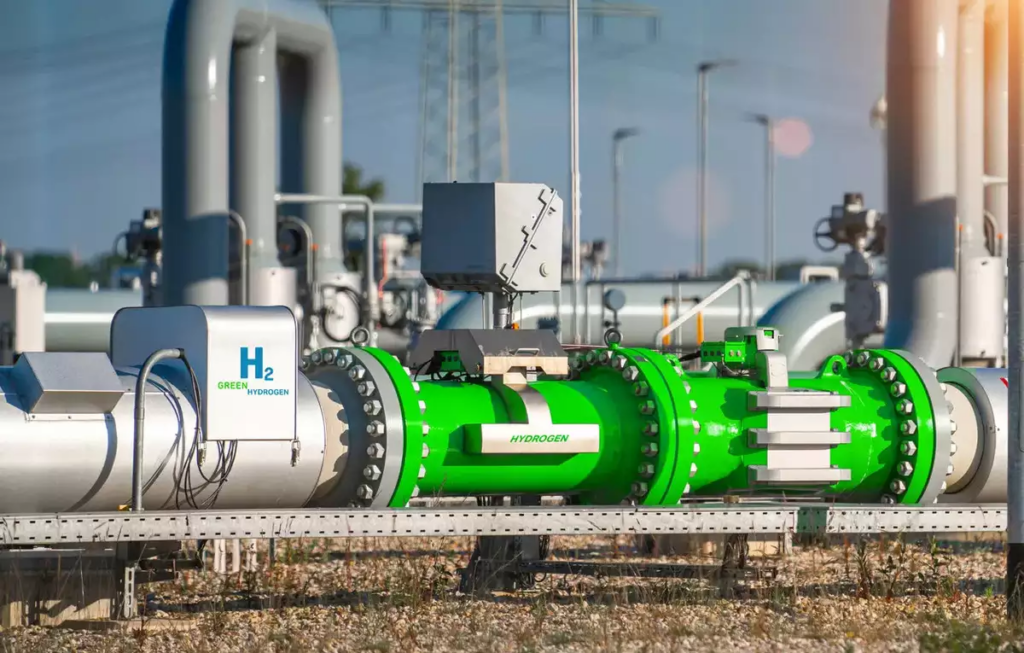
9. Hydrogen Propulsion:
Leveraging hydrogen as a space propulsion fuel holds promise for environmentally friendly propulsion. Startups like Turbotech and Ursa Major Technologies are developing hydrogen-powered turbogenerators and liquid hydrogen propulsion systems for various applications.
Start-up Spotlight: Turbotech Develops Hydrogen-Powered Turbogenerators
Turbotech develops hydrogen-powered turbogenerators for electric vertical take-off and landing (E-VTOL) vehicles. TG-R55 and TG-R90 are the startup’s turbo generators that produce electric power onboard. When used in conjunction with batteries, they offer up to 10 times more range than full-electric plane systems.
Conclusion
As the global drive towards decarbonization intensifies and technological advancements continue, hydrogen emerges as a key player in the journey towards a sustainable and cleaner future. The collaborative efforts of innovative startups and established players propel the hydrogen landscape forward, unlocking new possibilities for clean energy and industrial applications. The top trends and innovations outlined for 2024 signal a transformative period for hydrogen, showcasing its potential to revolutionize how we generate, store, and utilize energy on a global scale.



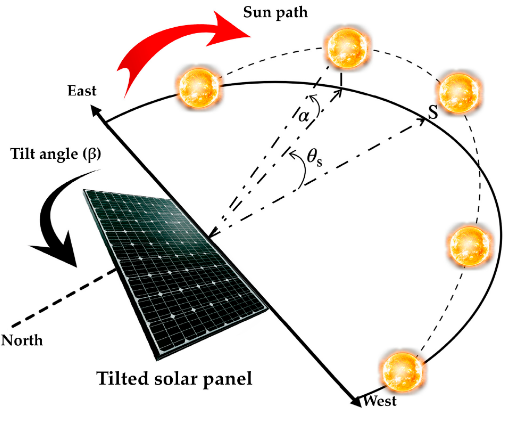

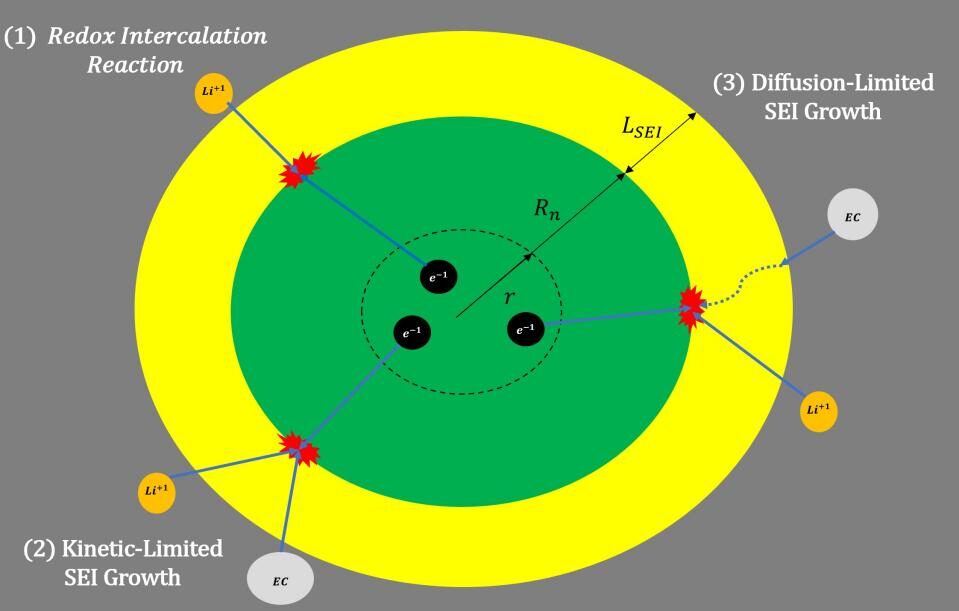




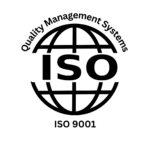
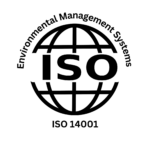
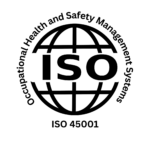
Responses